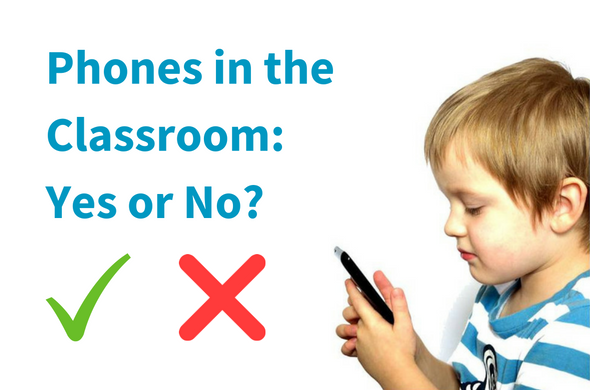The idea of children liking bright colors and dyes in their food is a serious question in the modern times with food dyes so toxic that it causes mood swings and irritability in young children. This has been proven in various ways by various notable scientists and science communities. Some include, but are not limited to, Ohio State University, California’s Environmental Health Agency, National Institutes of Health, and more. Children are easily manipulated by anything involving dopamine and the subconscious. Think about it, if you were on a plane with a crying baby and you had a dopamine-inducing, flashing-light having, fun-character using, bright-color having, kids cartoon, or an interactive, healthy for the mind, and fine motor skills educational toy? Obviously, the iPad with the kids cartoons will make it stop crying, but is that a good thing? In the world we live in today questions like these are a top priority.
What are the risks of food dyes in the food of children? Food dyes can’t be that harmful to children right? A study by the California Office of Environmental Health Hazard Assessment (OEHHA) might say otherwise. They claim “Sixteen (64%) out of 25 challenge studies identified some evidence of a positive association, and in 13 (52%) the association was statistically significant.” Therefore you’re feeding dangerous food dyes and colorings to children who can’t even make their own informed decisions on what they’re consuming. In fact according to the CDC kids aged 2-5 eat the most cereal of all age groups per this statistic “26.8% of children aged 2–5 years, 26.1% of those aged 6–11 years, and 17.3% of adolescents aged 12–19.” and when you think of cereal you think of things like Fruity Pebbles with bright colorings, Froot Loops with a big red box and a cute toucan mascot, and Cap’n Crunch with sugar based dye filled circles to start off your kids morning.
Why is it a danger to kids to have dye-filled foods? Dye-filled foods are a danger because they damage their health and mood. In the study by OEHHA they claim there’s an obvious connection with behavioral issues and food dyes: “Together, the human clinical trials and animal toxicology literature support an association between synthetic food dyes and behavioral impacts in children.” The FDA allows such dyes in children’s food because “The current Food and Drug Administration (FDA) acceptable daily intakes are based on older studies that were not designed to assess the types of behavioral effects observed in children.” Both of these show that not only is there a connection, but the reason it is accepted by our food and drug administration is because they weren’t expecting such a thing to even occur.
To circle back to my main point, the dangers of food dyes in kids’ food are both obvious and a danger to public health. Not only that but the health and safety of young children. One of the vital, and sole, jobs of being a parent is to better the health and happiness of your child or children, while setting them up for their future, and artificial food dyes may be the number one thing in your way.








